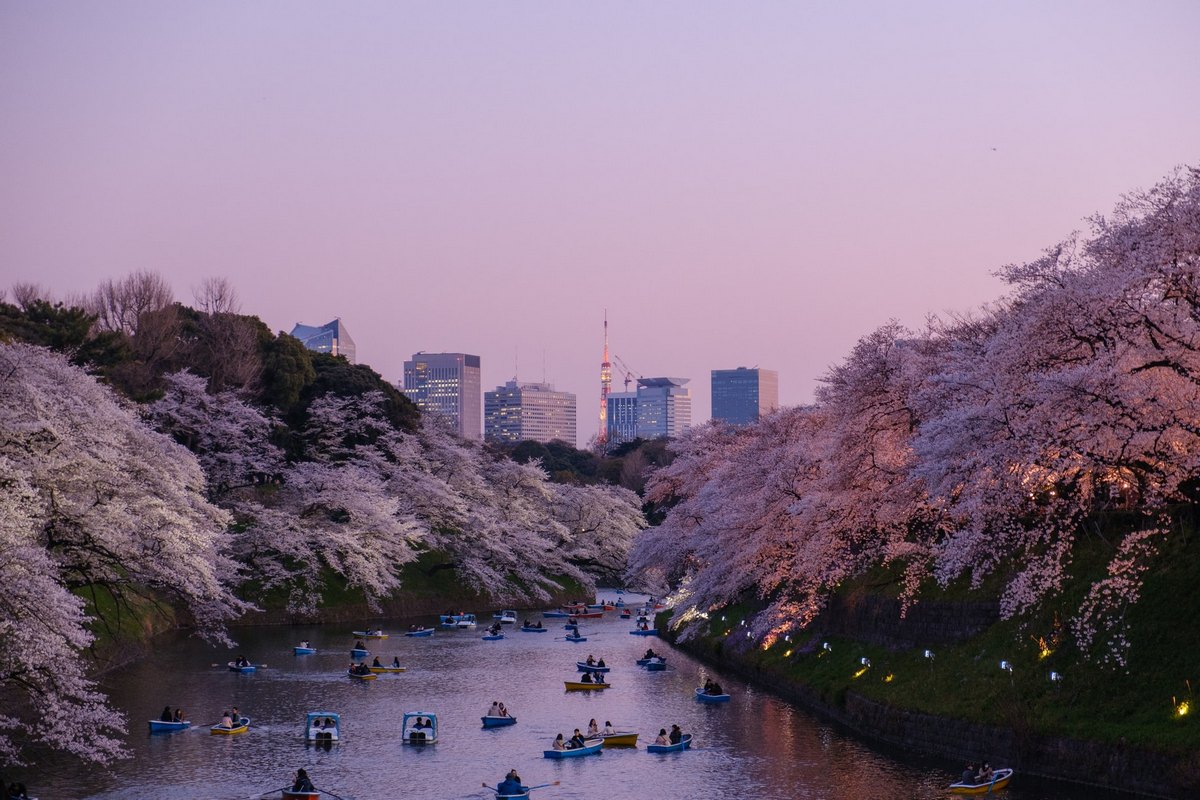The famous sakura flowering season in Japan came at a much earlier date, and this phenomenon occurred more than 1,200 years later.
Japan’s favorite flower, known as sakura, usually reaches its flowering stage in mid-April. However, this year the flowers bloomed much earlier, thus going down in history. The cause of this phenomenon is called climate change. The peak of prosperity was reportedly witnessed on March 26 in Kyoto. According to experts, the leaves of these trees secrete a hormone that stops the flowering of flowers. The secretion of this hormone stops when the weather becomes warm, after which the flowers bloom completely. This year, due to high temperatures and climate change, the flowers bloomed earlier because the hormone stopped being released.

The transition to earlier flowering was the fastest in the last 100-150 years. In 1850, the average flowering date was about April 17, while now it is closer to April 5.
Sakura flowering is of great importance in Japanese culture and tourism. In the spring in Japan, people arrange picnics for khans or admiring flowers. Hanami has a long history, dating back to the Nara period (710-794) of viewing plum blossoms. The aroma of the plum blossom indicates the arrival of spring, and it played an important role in the court cultures of the Heian period (794-1185).
This year, in connection with the revival of COVID, the Japanese government issued a warning to its residents to avoid parties with khans.

